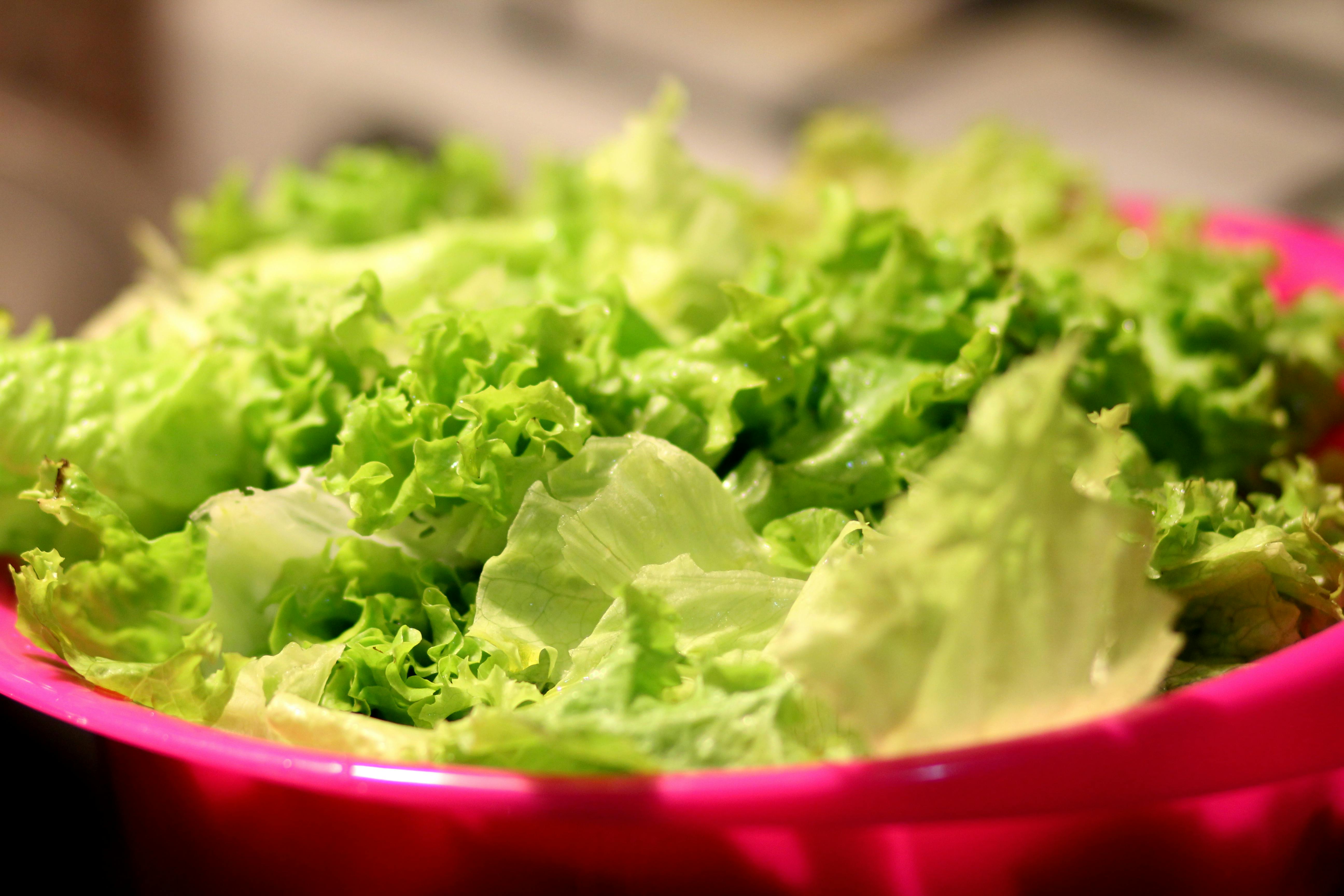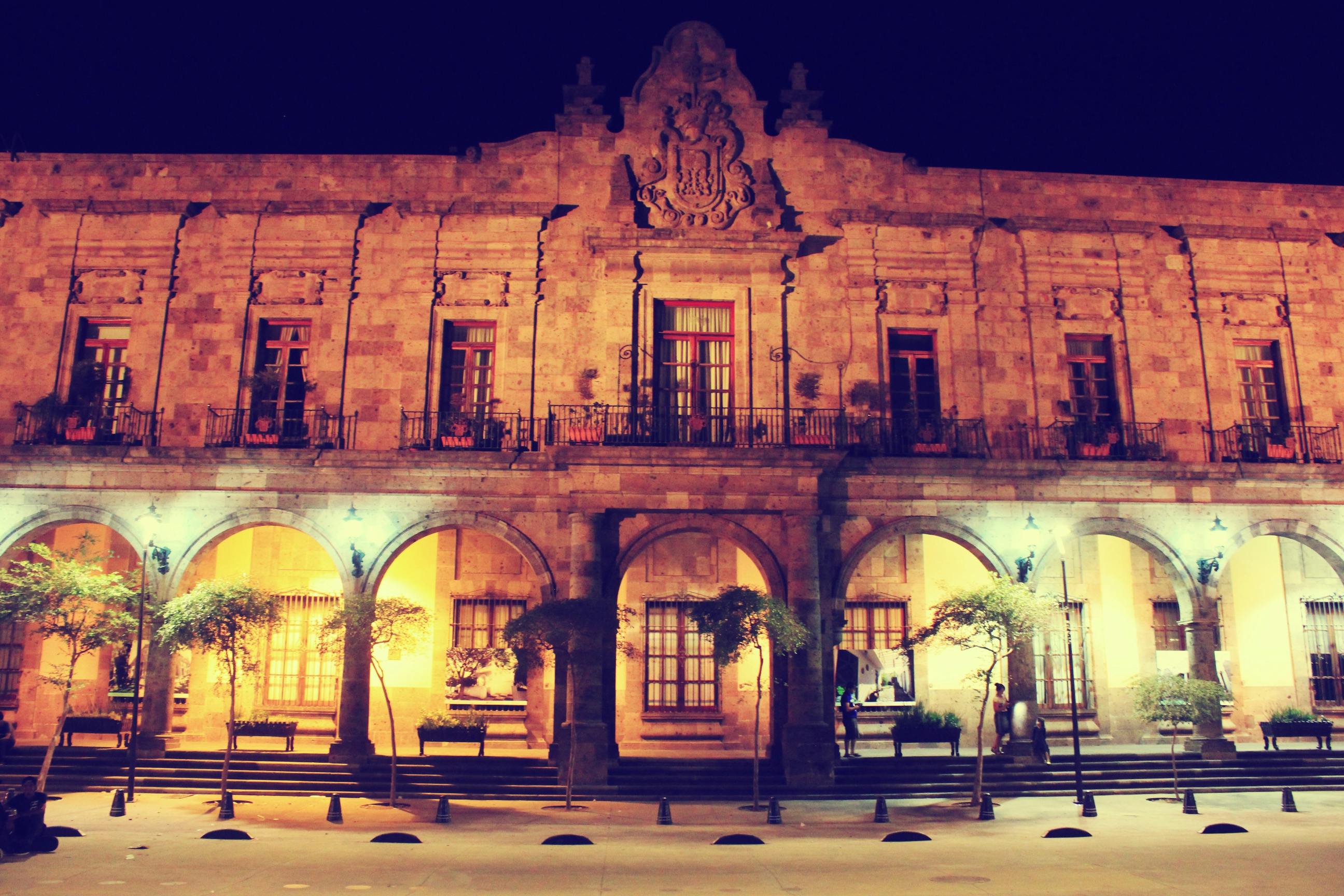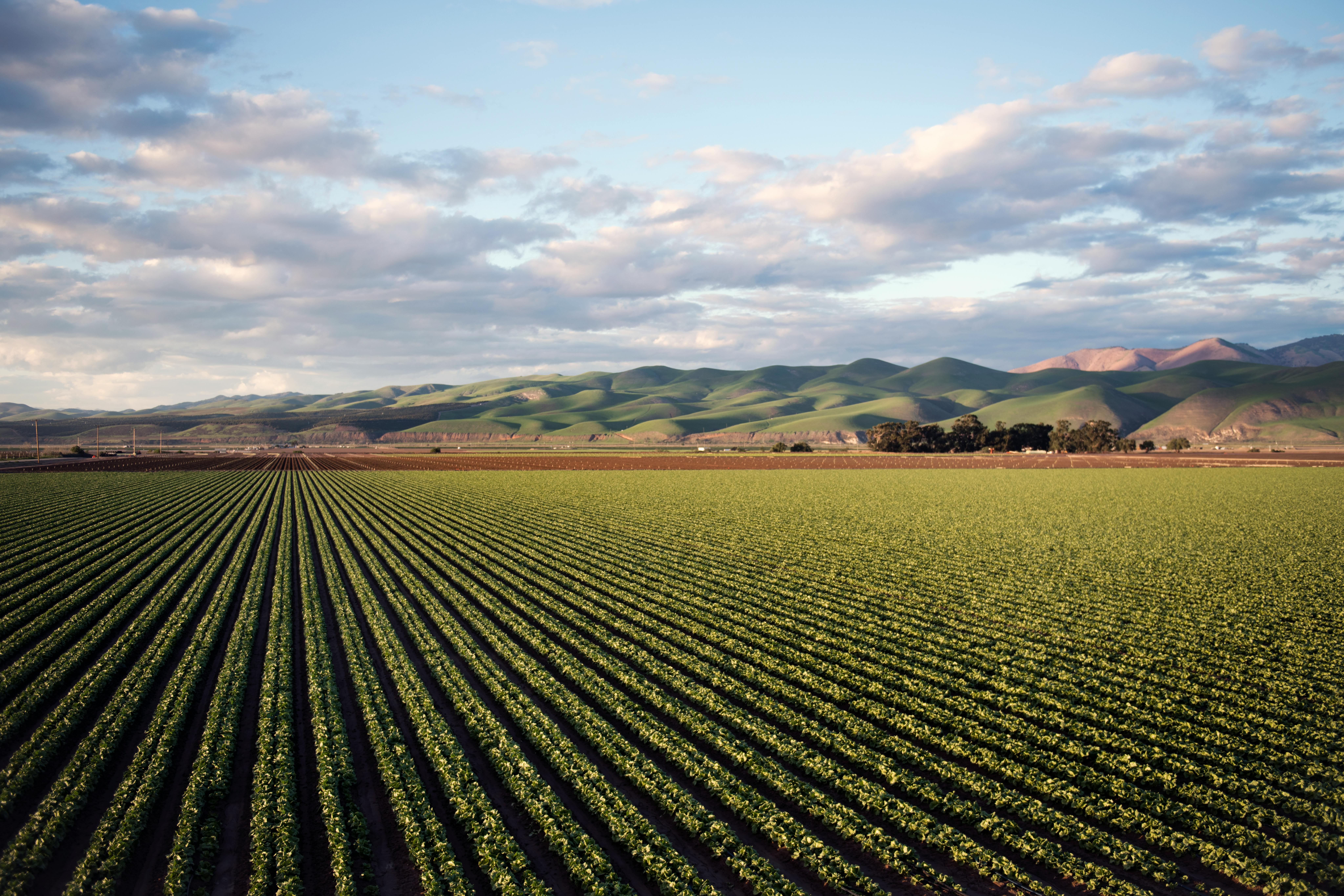Author: James Nolan — Senior Business & Tech Editor at FinanceBeyono. James explores global innovation, sustainability, and the intersection between technology and economic systems.
Food Security in 2025: Innovations in Agriculture and Supply Chains

As we step into 2025, global food security has become one of the most urgent priorities for governments, businesses, and researchers worldwide. Climate change, population growth, and geopolitical instability have all converged to challenge how humanity grows, distributes, and consumes food.
Yet amid these challenges, technological innovation and smarter supply-chain systems are transforming the global food landscape. The year 2025 marks the rise of AI-driven agriculture, vertical farming, gene-edited crops, and digital logistics — reshaping the way we think about sustainability, resilience, and nourishment.
1. The Global Context — Why Food Security Is at a Turning Point

In 2025, over 2.4 billion people face moderate to severe food insecurity, according to the FAO. The gap between production and access continues to widen as climate volatility disrupts harvests, while inflation and trade restrictions drive up global food prices.
Traditional supply chains — long, carbon-intensive, and fragile — have proven vulnerable to pandemics, conflict, and natural disasters. The need for decentralized, adaptive, and data-driven systems has never been greater. Governments are now collaborating with private agritech companies to design systems that balance food sovereignty with global trade efficiency.
- 🌍 Climate Challenge: Droughts, floods, and unpredictable weather patterns reduce yields and increase volatility.
- 🏭 Supply Chain Instability: Global transport disruptions affect everything from grains to fertilizers.
- 🤖 Tech Opportunity: AI and robotics offer real-time solutions for forecasting, monitoring, and distribution.
📊 Related Insight: The AI Economy of Trust — How Artificial Intelligence Is Rewriting the Rules of Global Finance and Supply Systems
2. Precision Agriculture — The Rise of Data-Driven Farming

The concept of precision agriculture has matured dramatically by 2025. Farmers now deploy drones, soil sensors, and satellite data to track micro-level conditions of their crops — moisture, nutrient levels, pest activity, and even plant stress.
Artificial intelligence integrates this data to create real-time farming recommendations: when to irrigate, which nutrients to apply, and the optimal harvest time for maximum yield. According to McKinsey’s 2025 AgriTech report, farms implementing precision systems see an average 35% increase in efficiency and up to 25% reduction in water waste.
Key technologies driving this transformation include:
- 🌾 AI-based yield forecasting — predicting harvest volumes weeks in advance.
- 🛰️ Satellite crop mapping — detecting disease outbreaks early across large regions.
- 💧 Smart irrigation systems — adjusting water flow based on soil sensor feedback.
🔗 Explore Next: AI-Powered Risk Assessment — How Predictive Models Shape Global Agriculture Insurance
Farmers across Asia, Africa, and Latin America are increasingly using low-cost AI apps that translate complex agronomic models into local languages. This democratization of agri-intelligence is helping smallholders compete with industrial producers for the first time in decades.
3. Vertical Farming Revolution — Growing Up, Not Out

As global land scarcity intensifies, the vertical farming revolution has become a cornerstone of urban food production in 2025. High-density farming towers use LED light systems, nutrient mists, and climate-controlled chambers to produce fresh greens all year round — no soil, no pesticides, and 90% less water.
According to the World Economic Forum’s latest report, vertical farms now contribute up to 18% of urban food consumption in megacities like Tokyo, Dubai, and Singapore. The integration of renewable energy and waste heat recovery has made this model not only sustainable but also profitable.
- 🌿 Hydroponics & Aeroponics: Soil-free methods that deliver nutrients directly to roots.
- 💡 LED Optimization: AI calibrates light wavelength for each plant species.
- 🏙️ Urban Supply Resilience: Produces food where people live, reducing transport emissions.
Startups like Plenty and Infarm are leading this charge, turning abandoned warehouses into high-yield ecosystems. These smart farms are linked to digital supply-chain dashboards that automatically predict demand and adjust production accordingly.
🌱 Related Read: The Future of Digital Lending — How AI Credit Models Are Financing Sustainable Farming
4. AI-Powered Supply Chains — From Farm to Fork with Data Precision

The journey from farm to fork has historically been opaque — farmers, distributors, and retailers often operate in disconnected silos. In 2025, that’s changing thanks to AI-powered logistics networks that track every grain, shipment, and truck route in real time.
These systems combine IoT sensors, blockchain verification, and predictive logistics to ensure freshness, reduce waste, and improve traceability. When a shipment of avocados leaves Mexico, AI now calculates the optimal temperature, route, and arrival time to minimize spoilage — all without human intervention.
- 📦 IoT Integration: Smart packaging with freshness sensors monitors temperature and humidity.
- 🔗 Blockchain Transparency: Consumers can scan a QR code to trace food origin and carbon impact.
- 🧠 Predictive Logistics: AI reroutes transport dynamically to avoid delays or energy waste.
These innovations are particularly crucial for perishable goods like dairy, fish, and produce — where delays translate directly into food loss. McKinsey estimates that AI supply-chain automation could save $120 billion annually in global food waste prevention by 2030.
🔗 Read Next: The Rise of Predictive Justice — How AI Decision Systems Are Redefining Accountability in Global Systems
AI is also reshaping humanitarian food logistics. The UN’s World Food Programme now collaborates with private tech firms to use satellite imaging and AI forecasting to deliver aid precisely where droughts or crop failures are imminent — weeks before a crisis peaks.
5. Genetic Innovation — Climate-Resilient Crops for an Unstable World

In 2025, genetic innovation has redefined the boundaries of agricultural resilience. With rising temperatures and extreme weather events threatening global yields, researchers have accelerated the development of climate-smart crops — plants designed to thrive in drought, salinity, and high heat conditions.
Using tools like CRISPR gene editing, scientists can now fine-tune plant DNA to enhance photosynthesis efficiency, disease resistance, and nutritional density. For example, drought-resistant wheat in sub-Saharan Africa has boosted productivity by 40%, while salt-tolerant rice in Bangladesh has saved thousands of hectares from soil degradation.
- 🌾 Gene-Edited Resilience: CRISPR and AI-enabled genome analysis enhance yield predictability.
- 🌻 Biofortification: Crops enriched with iron and zinc to combat hidden hunger in developing nations.
- 🧬 Open-Source AgriScience: Researchers share genetic datasets globally to accelerate innovation.
However, these advances raise ethical and trade concerns. Critics warn that bioengineered seeds could increase corporate control over small farms, while others emphasize that regulation, not rejection, is the key to equitable progress.
🌾 Related Read: AI-Driven Financial Compliance — How Automation Supports Ethical Agriculture and Trade
As global food systems integrate biotech more deeply, transparency becomes the new currency of trust. Farmers, scientists, and regulators must work together to ensure genetic innovation serves humanity — not just corporate efficiency.
6. Blockchain & Ethical Traceability — Rebuilding Trust in Food Systems

One of the biggest breakthroughs in 2025’s food industry isn’t a crop — it’s blockchain. From coffee beans in Ethiopia to salmon in Norway, blockchain-enabled traceability is restoring consumer confidence in an age of counterfeit labeling and opaque logistics.
Each product now carries a digital passport — a record of its origin, transportation route, energy footprint, and even labor compliance. This allows both businesses and consumers to verify claims like “organic,” “fair trade,” or “low carbon” in real time through a simple QR scan.
- 🔗 Transparency: Every link in the food chain is recorded and immutable.
- ⚖️ Ethical Auditing: Ensures workers’ rights and prevents exploitative sourcing.
- 📉 Fraud Reduction: Digital verification deters food counterfeiting and mislabeling.
Companies like IBM Food Trust and AgriLedger are leading platforms that bring together producers, regulators, and retailers under one transparent framework. This is especially vital for premium sectors like organic produce and seafood exports, where authenticity directly impacts profitability.
🔍 Discover More: The Global Economy of Justice — How AI and Transparency Are Redefining Global Trade Ethics
Blockchain isn’t just about technology — it’s about trust infrastructure. In a fragmented, crisis-prone world, ethical traceability isn’t a trend; it’s a requirement for survival. By aligning transparency with innovation, blockchain builds resilience at the very foundation of the global food economy.
7. Global Food Equity — Technology Meets Humanity

Technology alone cannot solve hunger. While algorithms and drones optimize yields, global food equity remains a human problem — rooted in policy, inequality, and access. The year 2025 highlights a paradox: the world produces enough calories to feed 10 billion people, yet millions still go hungry due to inefficient distribution, corruption, and economic disparity.
To address this imbalance, governments and NGOs are building open-access data systems that identify hunger hotspots in real time. The World Food Programme’s “Hunger Map Live”, powered by AI, now cross-references satellite imagery, mobile data, and economic indicators to pinpoint food insecurity at the village level.
- 🗺️ Predictive Aid Deployment: AI models forecast famine zones weeks before crisis.
- 💰 Micro-Finance Integration: Mobile apps enable small farmers to access instant capital.
- 🏛️ Public-Private Collaboration: Agribusinesses share logistics data to streamline relief.
These efforts signify a major shift — from emergency reaction to proactive prevention. By merging data science, policy reform, and ethical governance, the new face of food security is one that blends human compassion with digital intelligence.
8. The Future Outlook — Building a Resilient and Fair Food Ecosystem

By 2030, experts predict the global food economy will exceed $12 trillion, driven by sustainable technologies and consumer demand for transparency. The agriculture of the future won’t be defined solely by yields — but by resilience, fairness, and ethics.
Artificial intelligence, blockchain, and biotechnology will continue to reshape the agricultural landscape, but the true transformation lies in how these tools are governed. Will they empower small farmers and preserve ecosystems — or deepen inequality and environmental strain?
The answer depends on how global institutions and private innovators collaborate to balance profit with purpose. If done right, 2025 will be remembered not only as a year of innovation — but as the decade when the world began designing a food system built on trust, intelligence, and inclusivity.
🔗 Explore More on FinanceBeyono:
📚 References & Sources
- FAO. “State of Food Security and Nutrition in the World 2025.” United Nations, 2025.
- McKinsey & Company. “AgriTech and the Next Wave of Sustainable Productivity.” 2025 Report.
- World Economic Forum. “Vertical Farming and Urban Food Ecosystems.” 2024 Whitepaper.
- World Food Programme. “Hunger Map Live.” Global AI Monitoring Platform, 2025.
- IBM Food Trust. “Blockchain Traceability in Global Supply Chains.” 2025 Insights.
© 2025 FinanceBeyono — Global Insights on Business, Technology, and Sustainable Finance.
